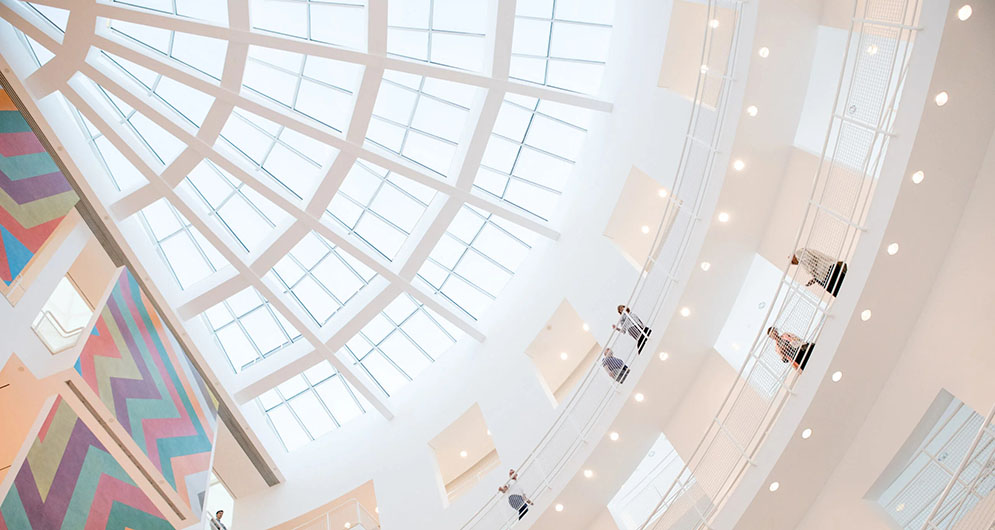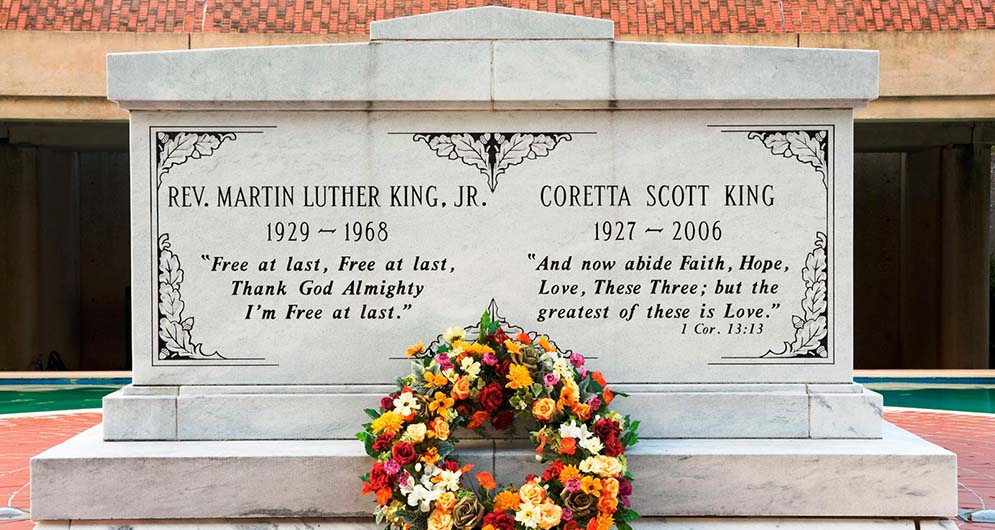Atlanta is a city where the past and the future mingle effortlessly, where history and innovation stand side by side, and where every street corner tells a story through the language of art and architecture. Whether you are an art aficionado, an architecture enthusiast, or simply a curious traveler, Atlanta offers a rich tapestry of landmarks that serve as cultural beacons and visual feasts for the senses.
In this guide, I’ll take you through five of Atlanta’s most iconic art and architectural landmarks — each offering a unique glimpse into the city’s soul. From contemporary galleries bursting with creativity to timeless buildings that echo the city’s deep history, these sites are must-visits on any trip to Atlanta.
1. The High Museum of Art — A Modern Sanctuary for Creativity
Located in the heart of Midtown, the High Museum of Art stands as Atlanta’s premier art institution and a symbol of modern elegance. Its iconic white facade, designed by architect Richard Meier, invites visitors into a world where art transcends boundaries.
The museum’s architecture is a masterpiece in itself — clean lines, vast windows, and an airy interior that makes every exhibition shine. The building has been expanded over the years, with the latest addition by Renzo Piano adding a dynamic, light-filled wing that perfectly balances form and function.
Inside, the High Museum houses over 17,000 works, ranging from classic European paintings to cutting-edge contemporary art. Highlights include impressive collections of American art, African American art, and photography.
For those interested in architecture, the High’s design is a study in minimalism and light play, with carefully crafted spaces that elevate the viewing experience. Visitors can join guided tours to learn more about both the art and the architectural vision behind the museum.
Location: 1280 Peachtree Street NE, Atlanta, GA 30309
Entry: Tickets typically range between $16-$22 for adults, with discounts for seniors and students.
Booking: Secure your tickets through major museum ticketing platforms or trusted third-party vendors.

2. The Atlanta BeltLine — An Open-Air Art Gallery and Urban Renewal
The Atlanta BeltLine is more than just a multi-use trail; it is a sprawling urban art project and a stunning example of adaptive reuse. This ambitious initiative repurposes former railway corridors encircling the city into vibrant parks, trails, and transit paths.
Along its miles of pathways, you’ll encounter an ever-changing outdoor gallery of murals, sculptures, and installations created by local and international artists. The BeltLine’s art program emphasizes community voices, social commentary, and environmental themes, making every turn a discovery.
Walking or biking the BeltLine offers an immersive experience — not just in art, but in Atlanta’s urban lifestyle. The project has revitalized once-neglected neighborhoods, blending nature, culture, and city living seamlessly.
Architecturally, the BeltLine showcases innovative urban planning. It connects diverse neighborhoods, providing green spaces and encouraging sustainable transportation, all while celebrating creativity.
Location: Multiple access points throughout Atlanta, including the Eastside Trail, Westside Trail, and Southside Trail.
Cost: Free to explore.
Tips: Download the official BeltLine app or pick up maps at visitor centers for guided art tours and event schedules.
3. Swan House — Timeless Elegance in the Atlanta History Center
Stepping into the Swan House is like walking onto a movie set of Southern grandeur. Located within the Atlanta History Center, this historic mansion embodies the elegance and architectural sophistication of the 1920s.
Built in 1928 by architect Philip Trammell Shutze, the Swan House is a stunning example of neoclassical architecture with subtle Mediterranean influences. Its symmetry, grand columns, and detailed stonework make it one of Atlanta’s most photographed landmarks.
Inside, visitors can marvel at period-appropriate interiors — ornate woodwork, antique furnishings, and exquisite decorative arts that reflect the lifestyle of Atlanta’s elite in the early 20th century.
Beyond the house itself, the beautifully landscaped gardens add another layer of visual delight, featuring sculpted hedges, reflecting pools, and blooming seasonal flowers.
For architecture lovers and history buffs, the Swan House offers guided tours that delve into its design, the family who lived there, and the social history of Atlanta during that era.
Location: 130 West Paces Ferry Road NW, Atlanta, GA 30305
Entry: Admission to the Atlanta History Center, which includes Swan House, usually costs around $21 for adults.
Booking: Tickets can be purchased via museum and cultural experience platforms.
4. The Fox Theatre — A Palace of Entertainment and Architectural Wonder
No visit to Atlanta is complete without experiencing the Fox Theatre, a dazzling cultural gem that combines stunning architectural styles with a vibrant entertainment history.
Originally built in the 1920s as a movie palace, the Fox Theatre is famed for its opulent design — a unique blend of Moorish and Egyptian motifs that transport visitors to an exotic fantasy world. Its ornate ceilings, hand-carved details, and massive chandelier create an atmosphere of grandeur unmatched in the city.
Beyond its aesthetics, the Fox Theatre remains a hub for live performances, from Broadway shows and concerts to ballet and film screenings, making it a living landmark where architecture and arts collide.
Taking a guided tour of the theatre reveals fascinating insights into its design, restoration efforts, and the stories behind its preservation.
Location: 660 Peachtree Street NE, Atlanta, GA 30308
Entry: Tours are often available for about $15-$25; ticket prices for performances vary.
Booking: Tickets for shows and tours can be reserved through trusted ticketing services or box offices.
5. The Martin Luther King Jr. National Historical Park — Architecture with a Message
The Martin Luther King Jr. National Historical Park is not just a site of immense historical significance; it also offers compelling architectural elements that reflect the spirit of a movement.
The park encompasses several buildings, including Dr. King’s childhood home and the Ebenezer Baptist Church where he preached. The architecture here is modest yet powerful — simple brick facades and clean lines that emphasize the humble beginnings of a monumental figure.
Nearby, the Visitor Center and the King Center incorporate modern design elements and memorial sculptures, including the famous reflecting pool and eternal flame. The park’s layout encourages contemplation and education, blending historical structures with landscaped gardens.
Visiting this park provides not only an architectural journey but also a deeply emotional connection to the civil rights movement and Atlanta’s role in shaping American history.
Location: 450 Auburn Avenue NE, Atlanta, GA 30312
Entry: Free to visit most areas, some tours and exhibits may have fees.
Booking: Guided tours can be arranged via the National Park Service or partner organizations.

Experiencing Atlanta’s Art and Architecture
Atlanta’s landscape is truly a mosaic of creativity, history, and cultural depth. Each corner of the city reflects layers of stories told through its art and architecture, inviting visitors to explore beyond the surface. From the sleek, contemporary lines of the High Museum of Art to the stately historic charm of the Swan House, and from the dynamic, ever-evolving public art spaces along the BeltLine to the profound spiritual resonance found at the Martin Luther King Jr. National Historical Park, these landmarks offer more than just sightseeing opportunities. They provide rich narratives, inspiration, and a deep, tangible connection to Atlanta’s complex identity.
The High Museum of Art, with its iconic design and world-class collections, serves as a shining example of how modern architecture can elevate the experience of art itself. Meanwhile, the Swan House takes you back in time, offering a glimpse into the elegance and architectural sophistication of early 20th-century Atlanta. These two landmarks bookend the city’s art spectrum — from contemporary to historic — showing how Atlanta embraces both its past and future.
The Atlanta BeltLine is a vibrant open-air art gallery and urban renewal project that perfectly captures the city’s creative spirit. Walking or biking along the BeltLine, you’re not only surrounded by colorful murals and innovative sculptures but also by a community’s efforts to revitalize neglected neighborhoods. This outdoor art experience embodies Atlanta’s commitment to making creativity accessible and integrated with daily life.
At the Martin Luther King Jr. National Historical Park, architecture and history merge to tell a story that is both deeply personal and nationally significant. The simple brick facades of Dr. King’s childhood home and the Ebenezer Baptist Church evoke a sense of humility and determination, while the surrounding memorials and gardens encourage reflection on the enduring struggle for civil rights and social justice.
To make the most of your visit to these landmarks, planning is key. Create an itinerary that balances indoor galleries with outdoor explorations to fully appreciate the city’s artistic diversity. Guided tours are highly recommended, as they offer valuable insider knowledge and context that bring the art and architecture to life. Take your time to absorb the details — every sculpture, mural, or building facade carries a unique piece of Atlanta’s evolving narrative.
Whether your stay in Atlanta spans a weekend or longer, immersing yourself in these five iconic art and architectural sites will leave you with lasting impressions and a richer, more nuanced understanding of the city’s cultural heartbeat. More than just tourist destinations, they are living, breathing parts of Atlanta’s story — inviting you to see, feel, and connect with the city on a profoundly creative level.
